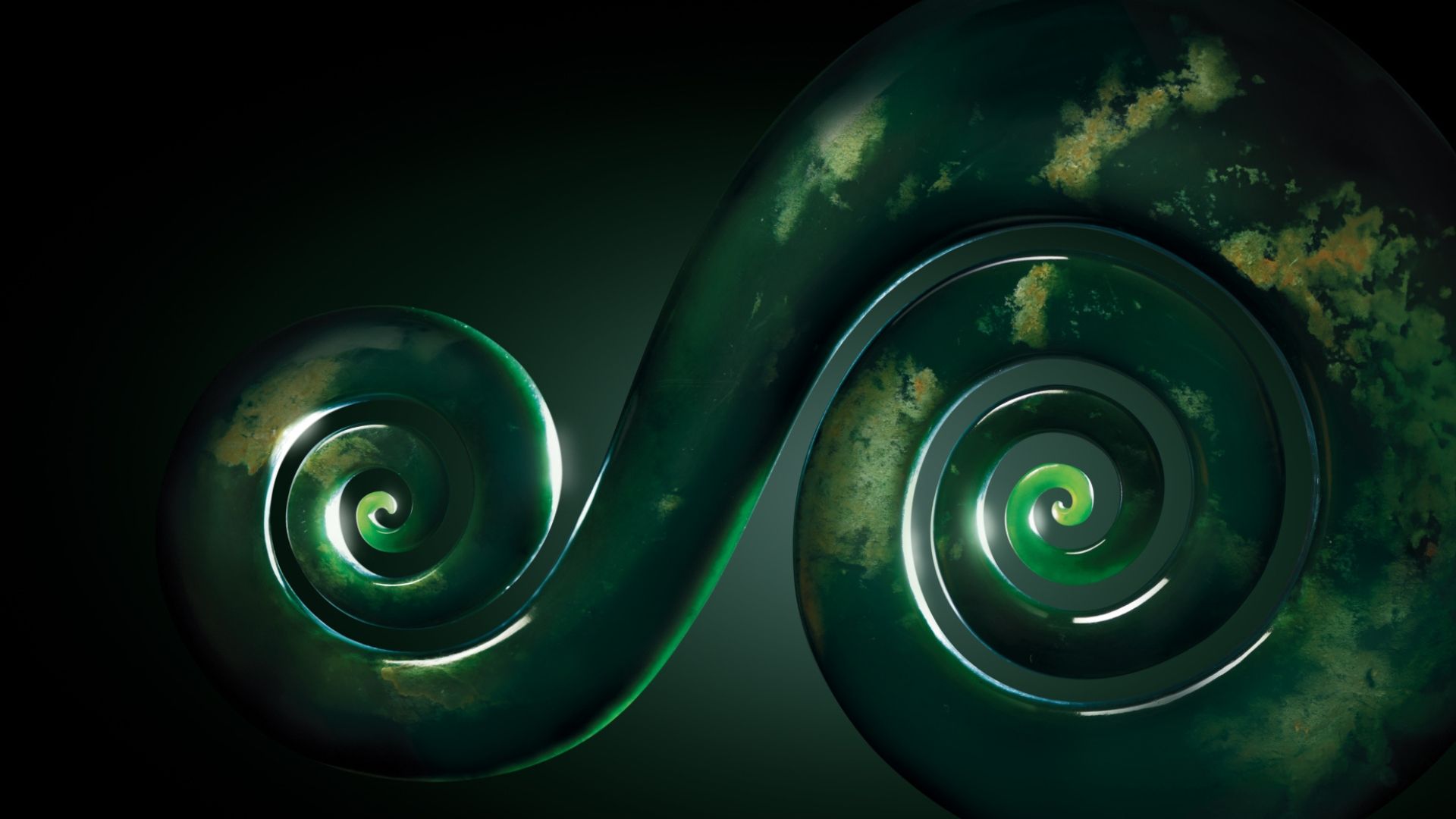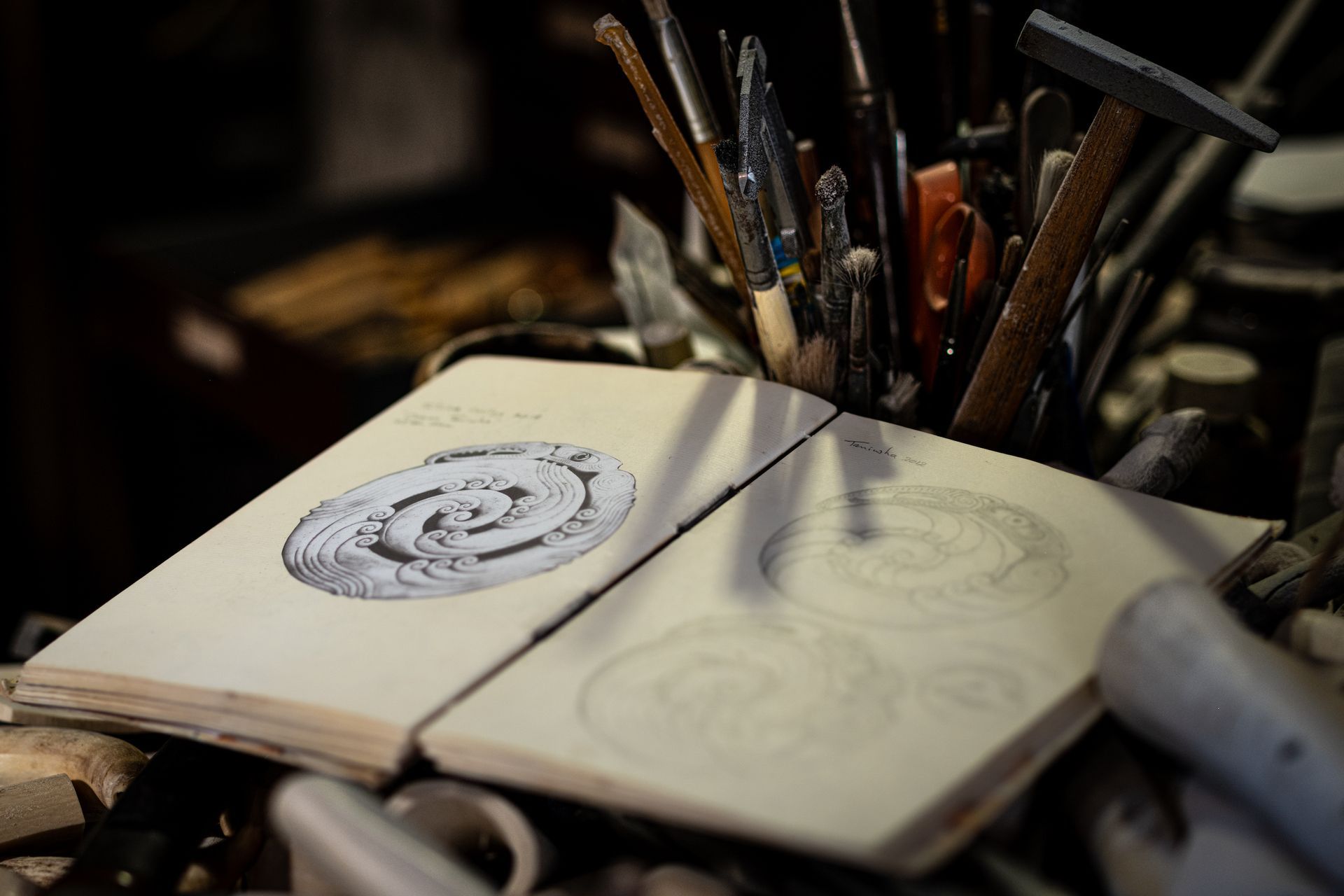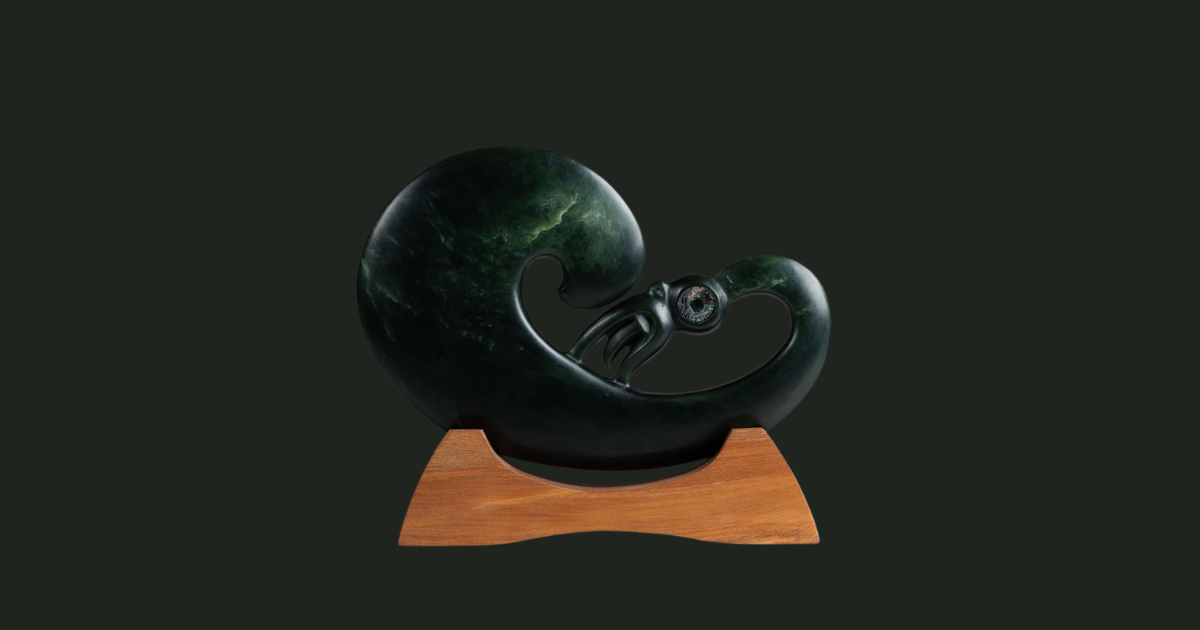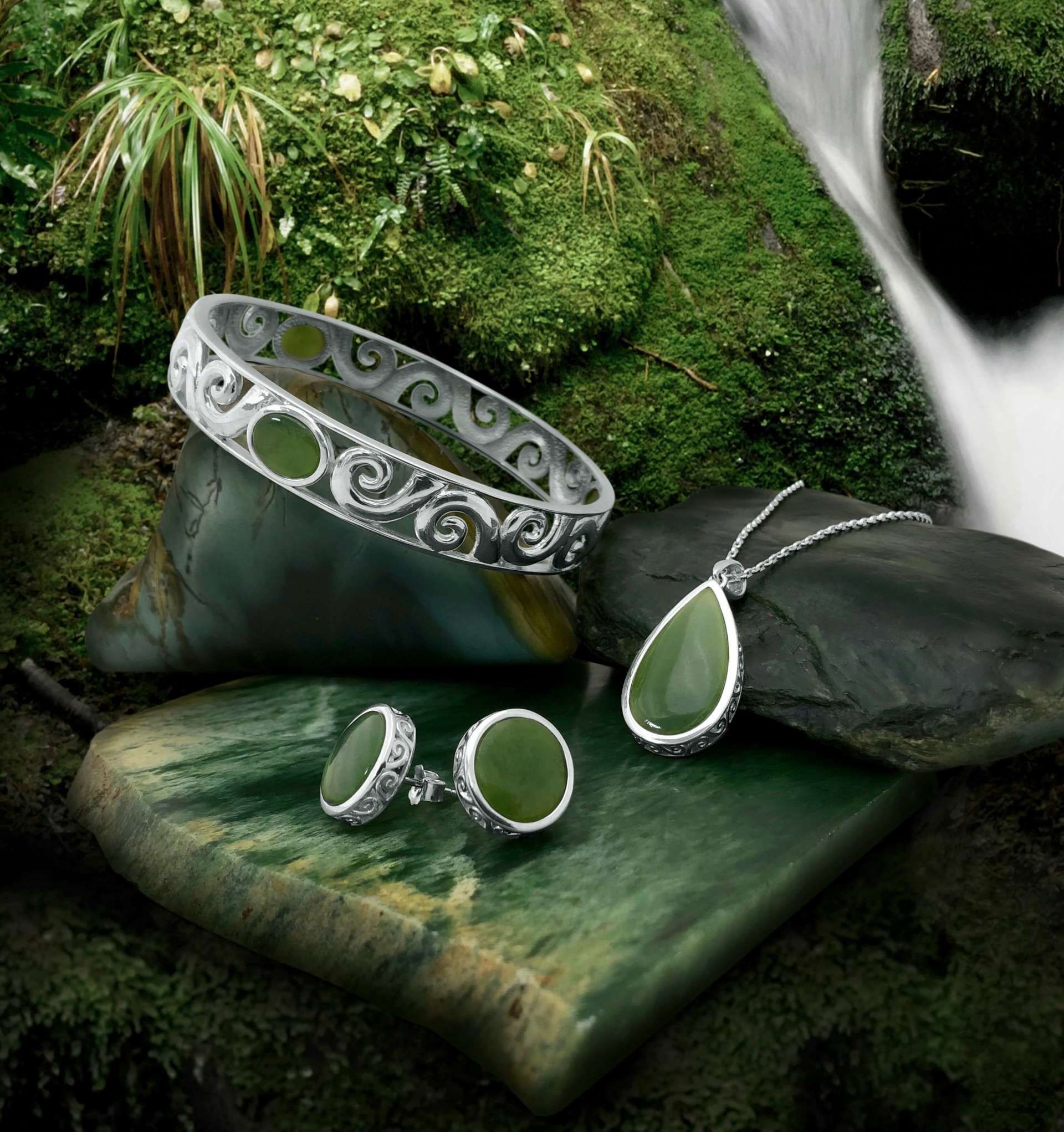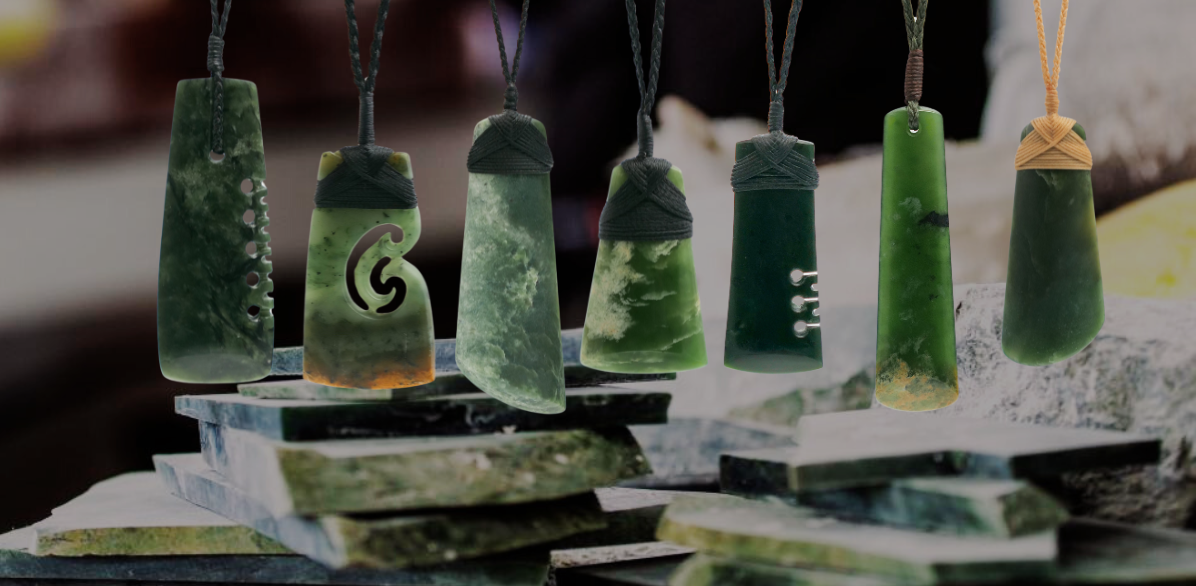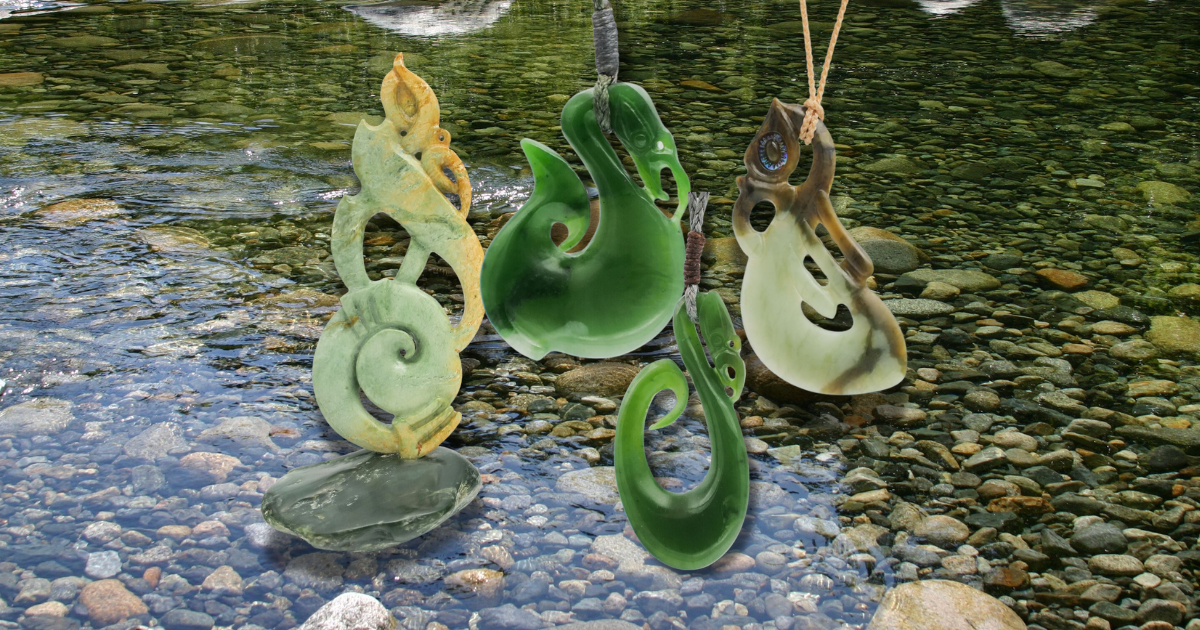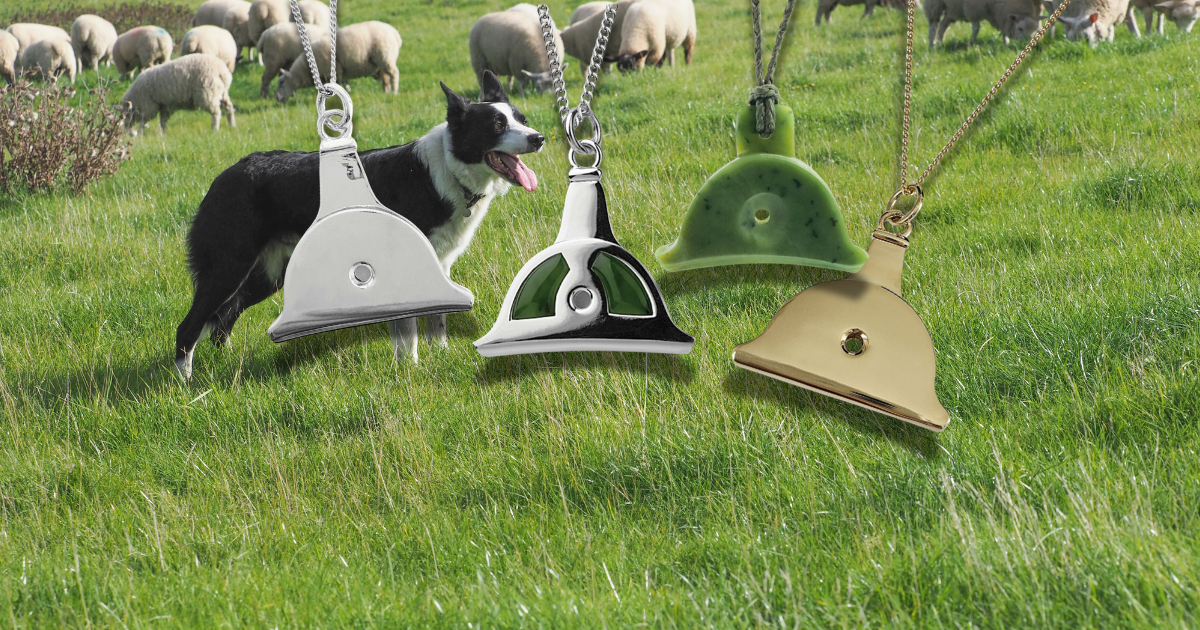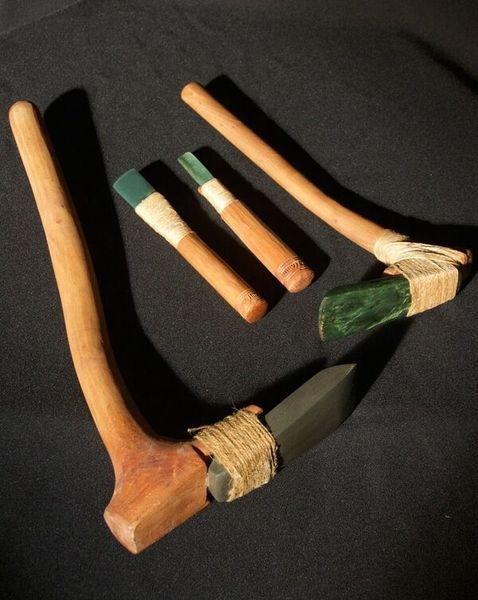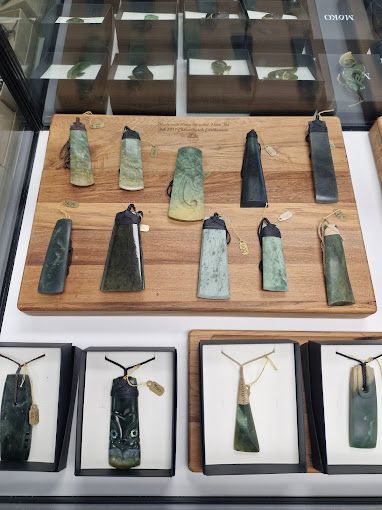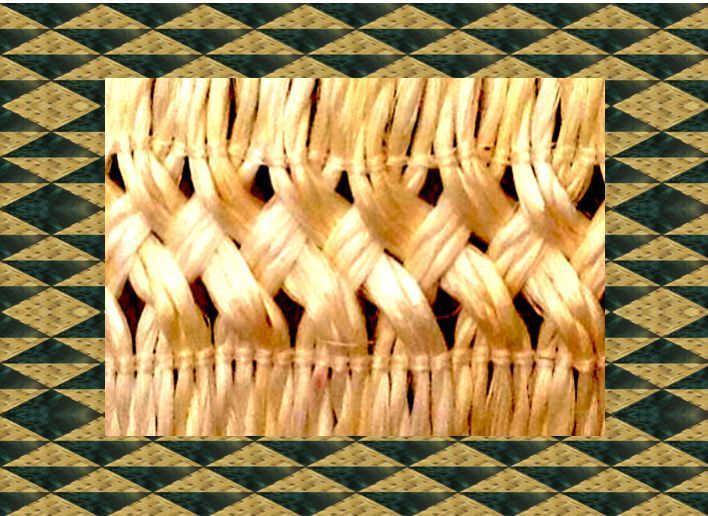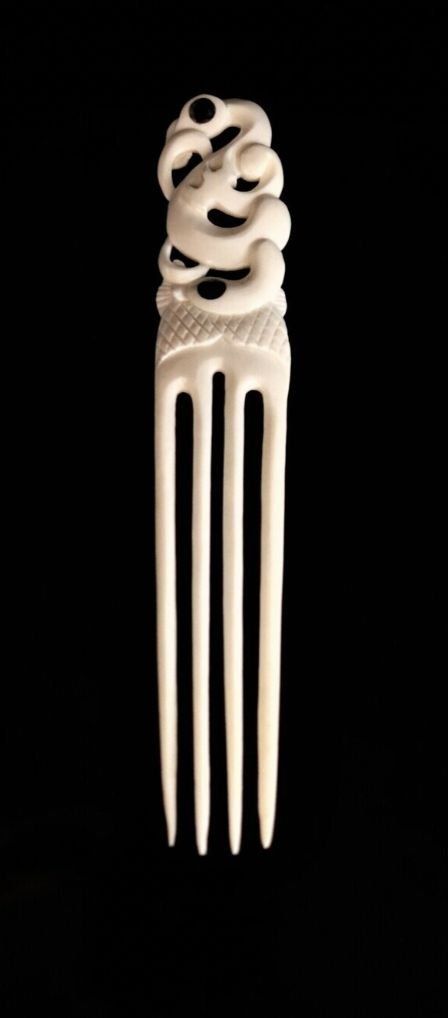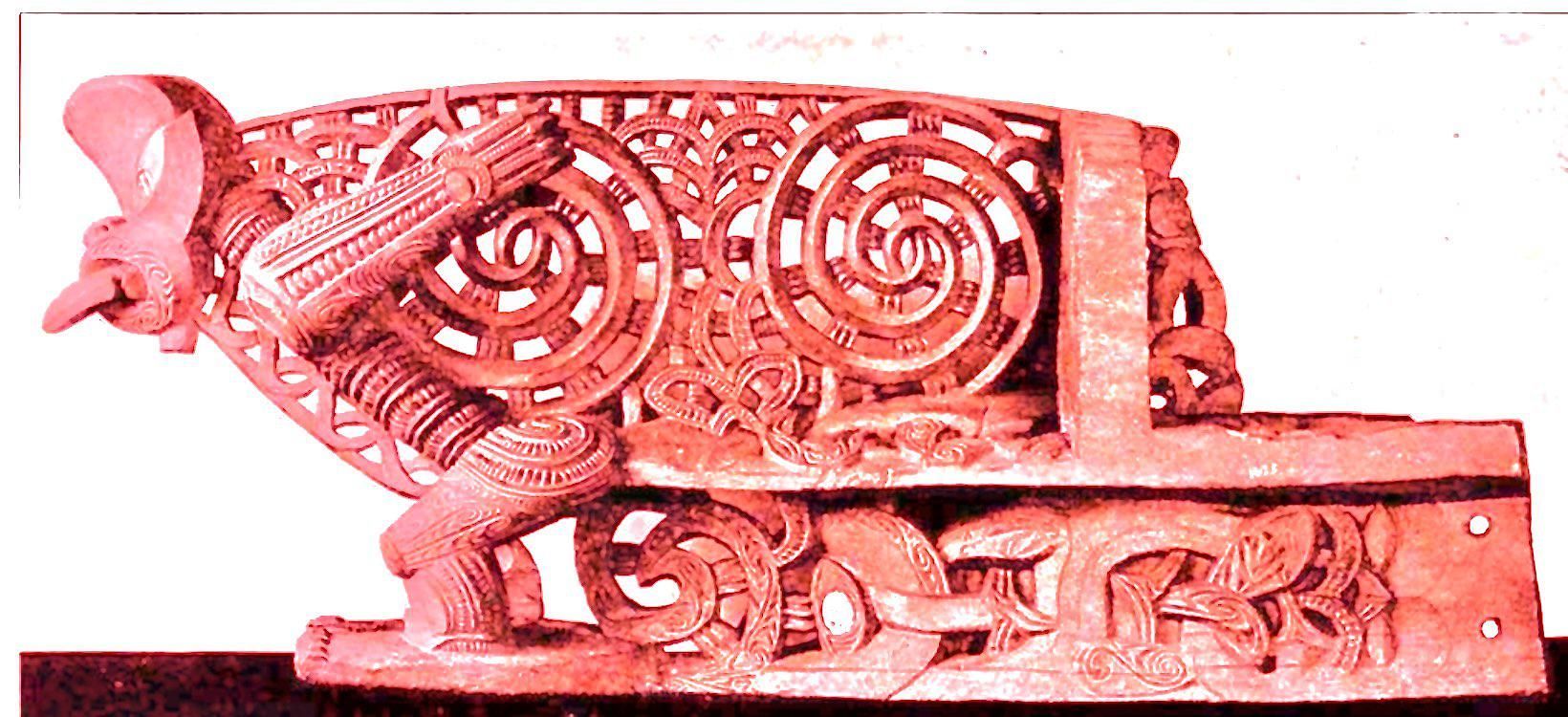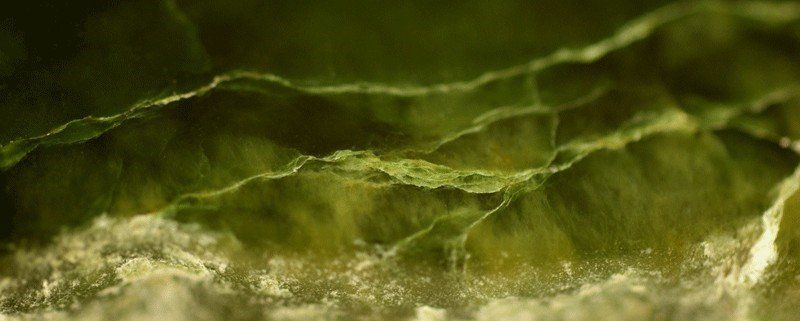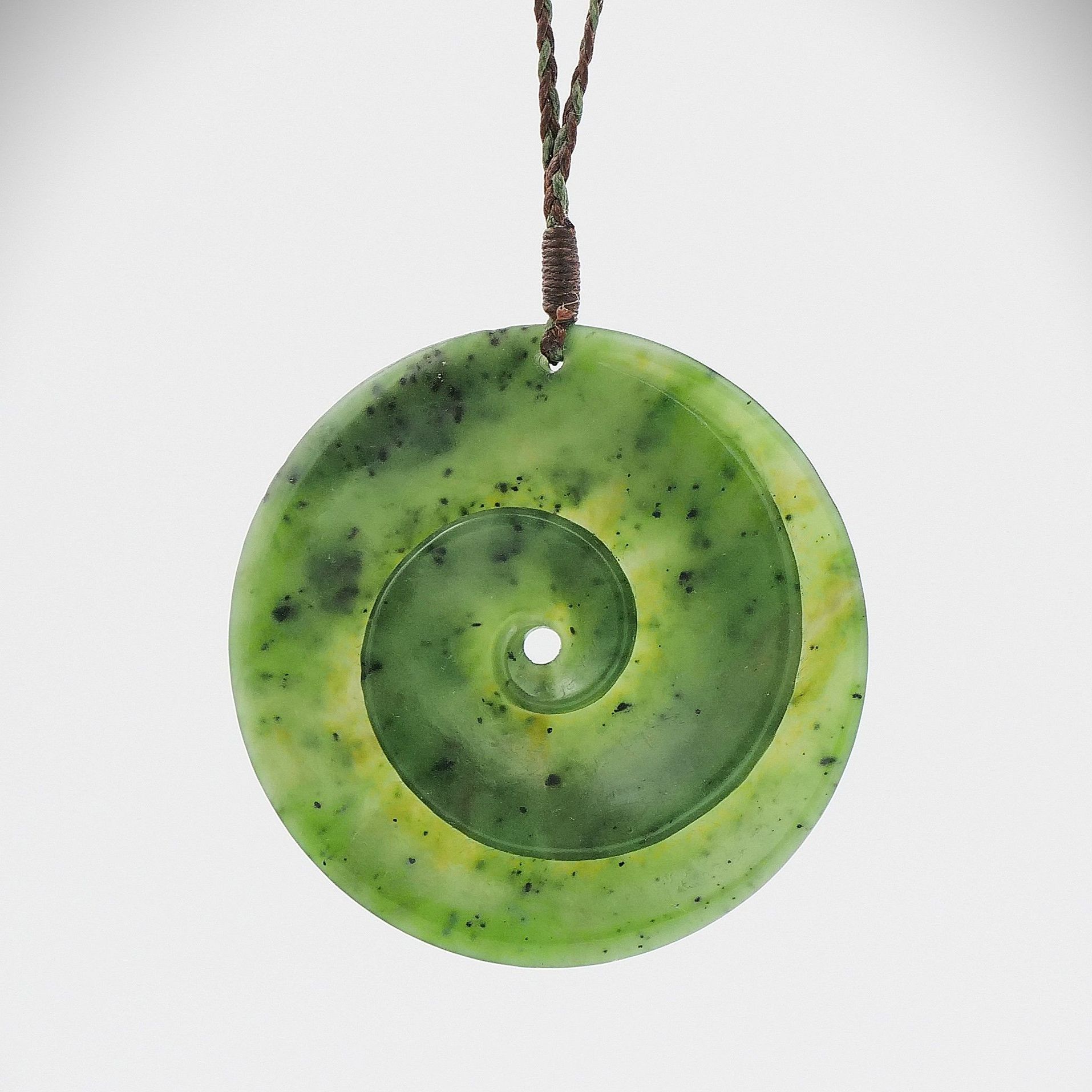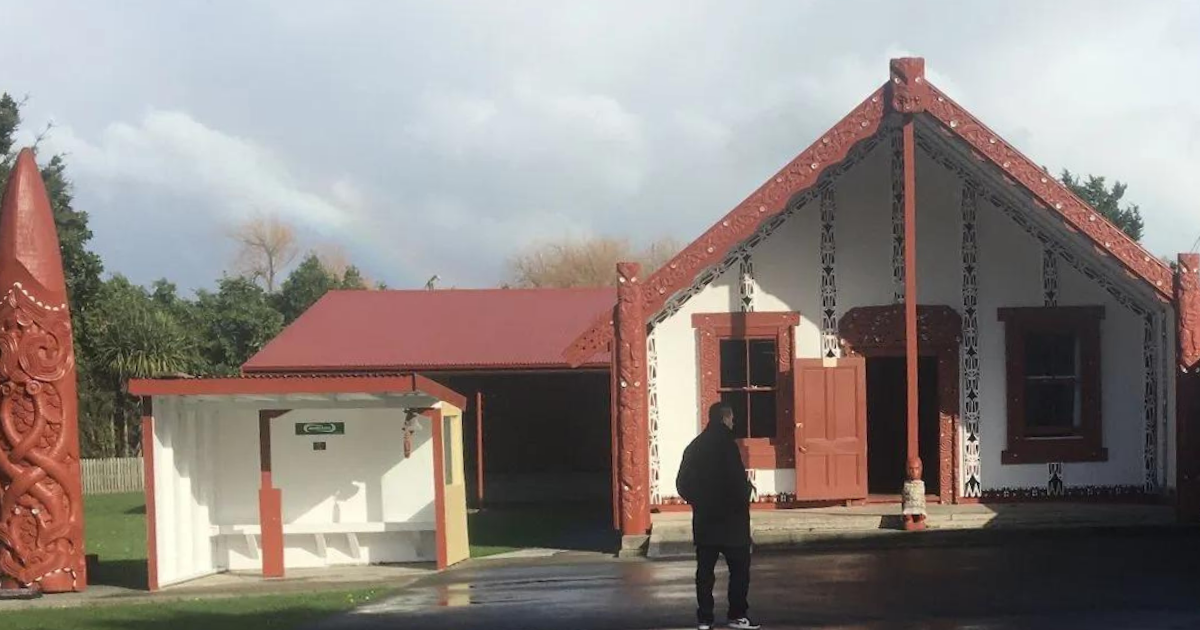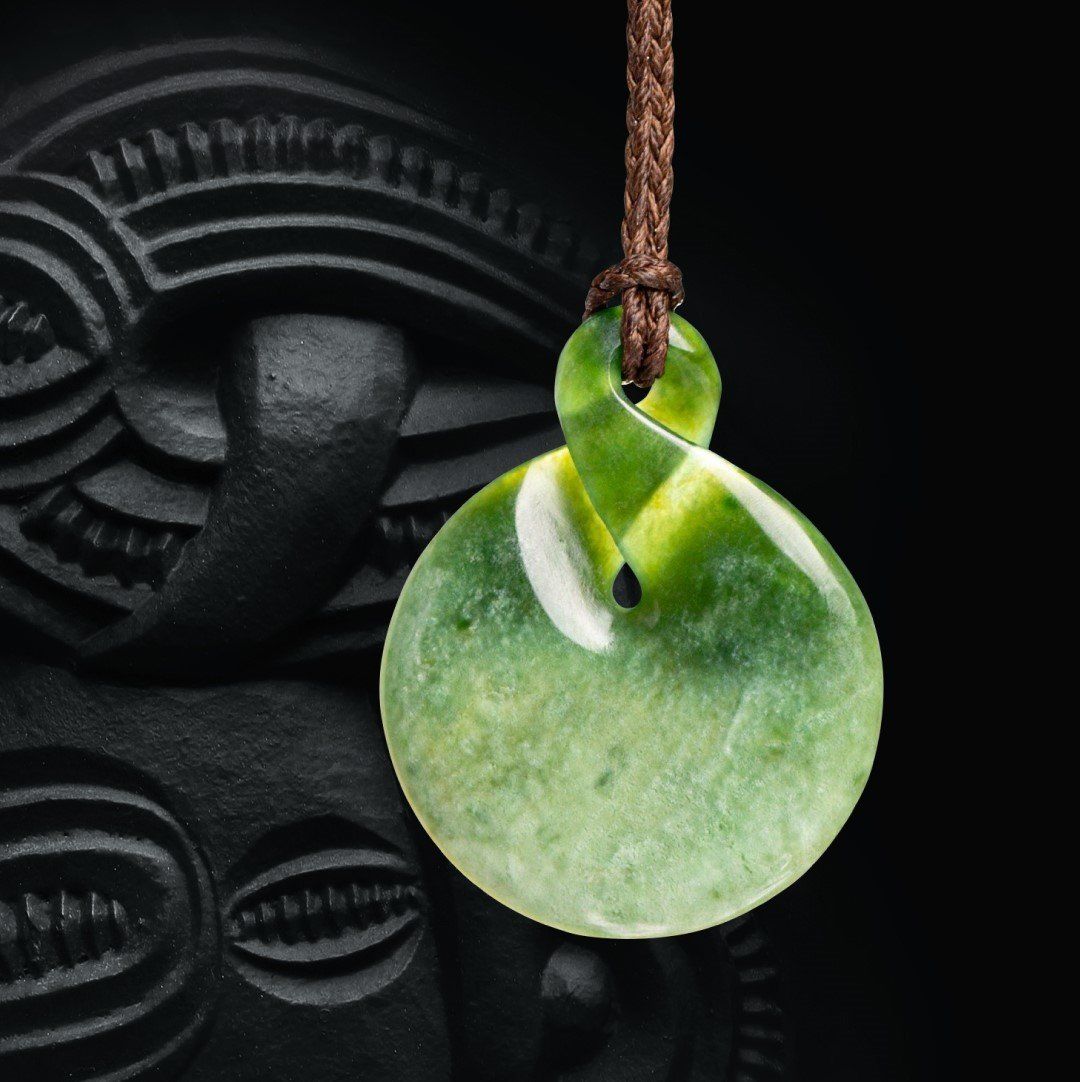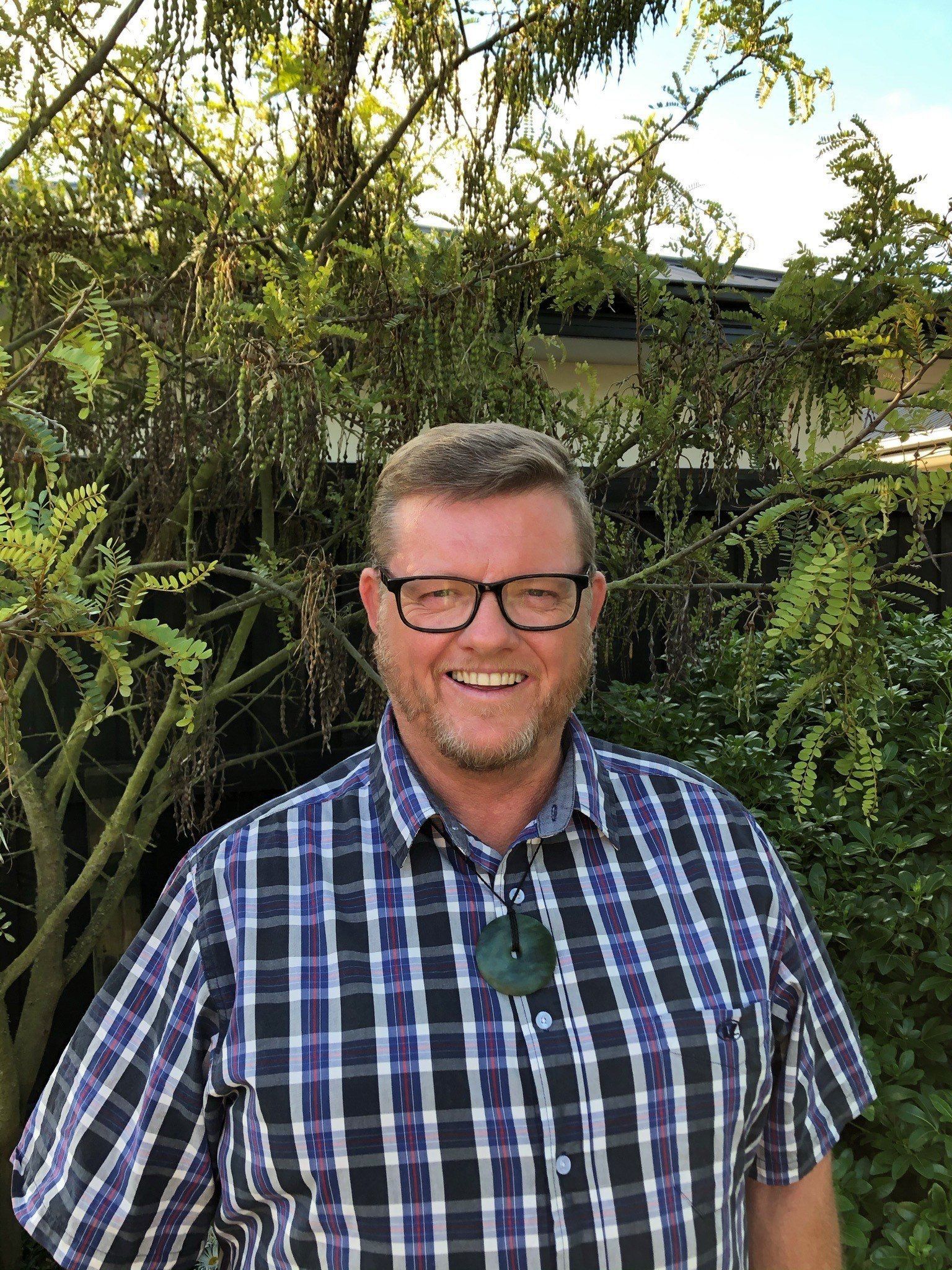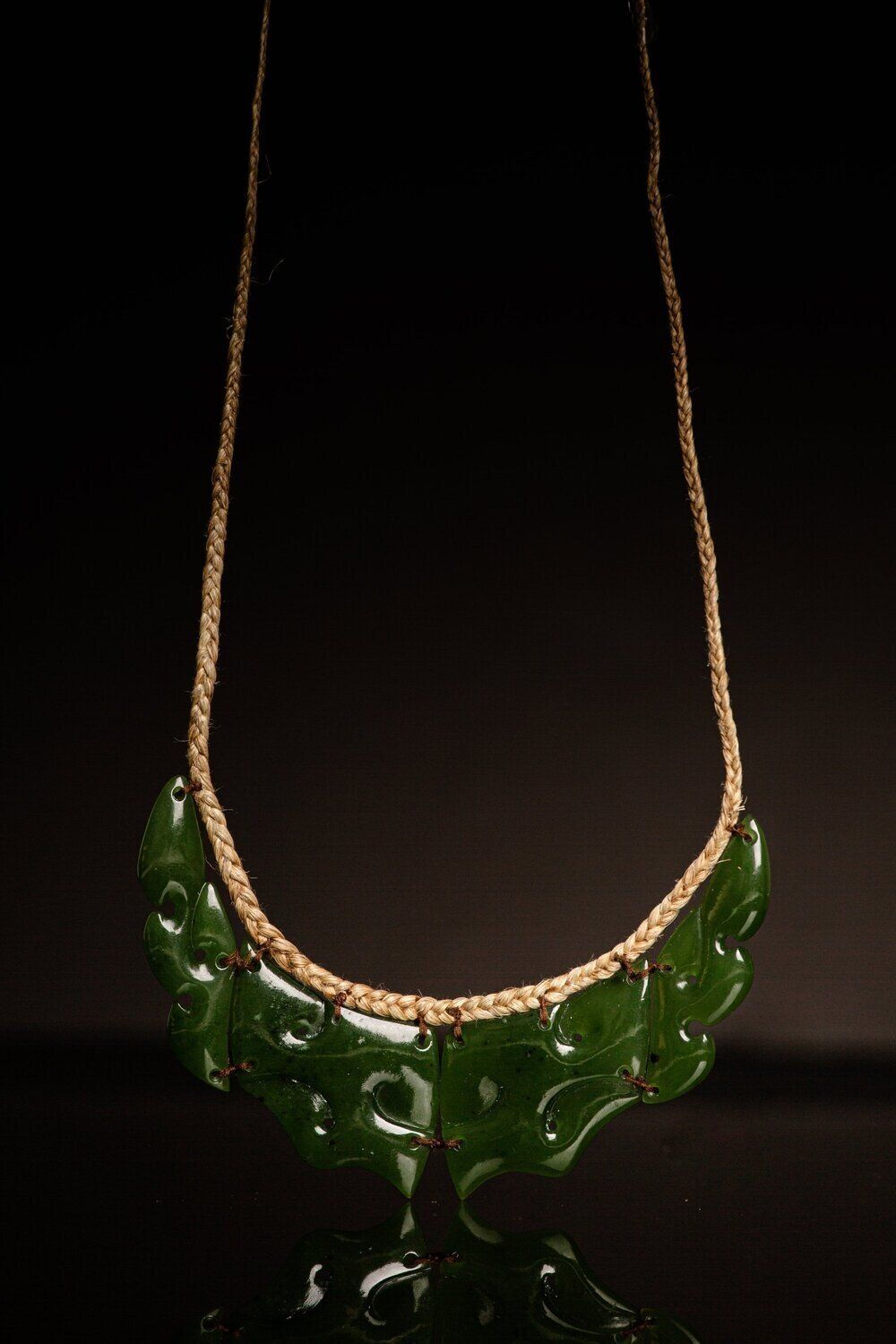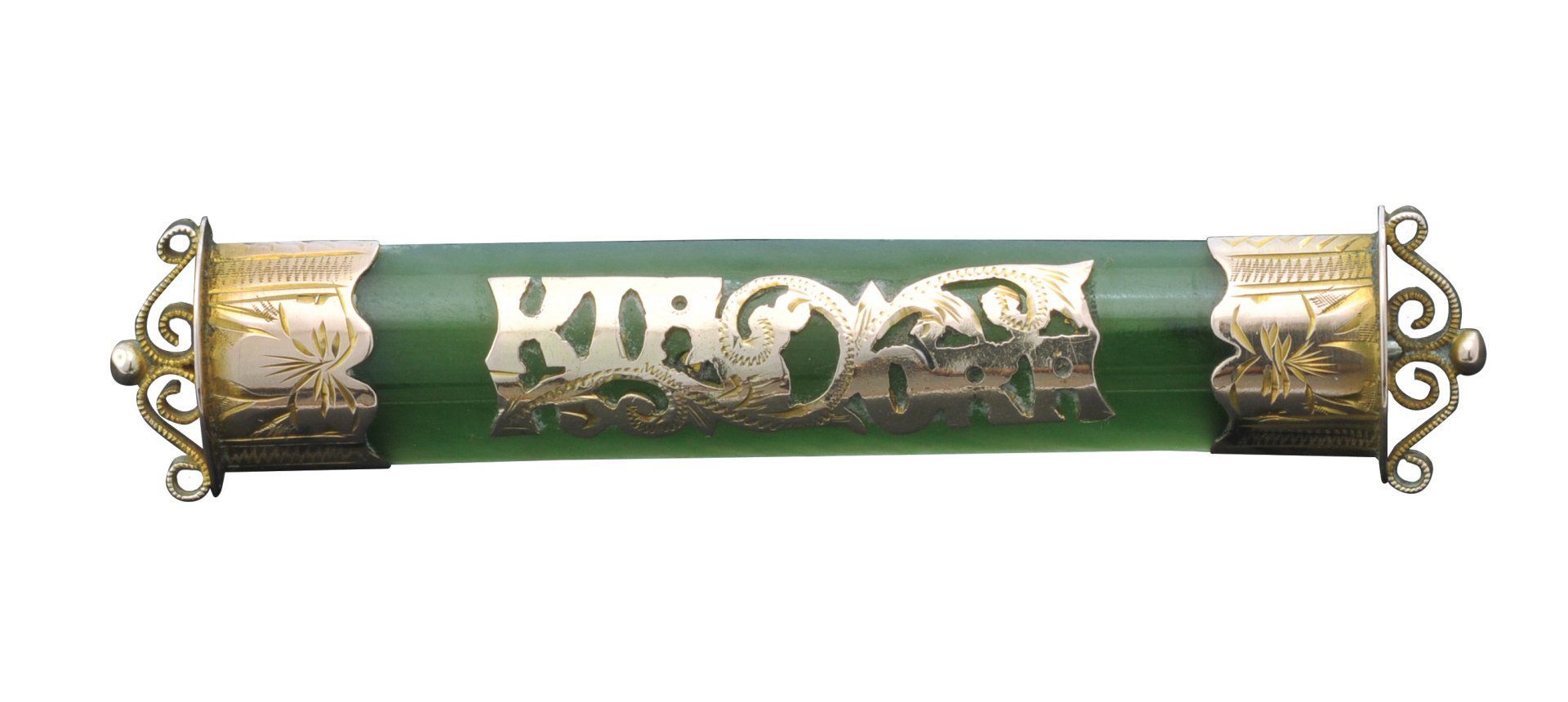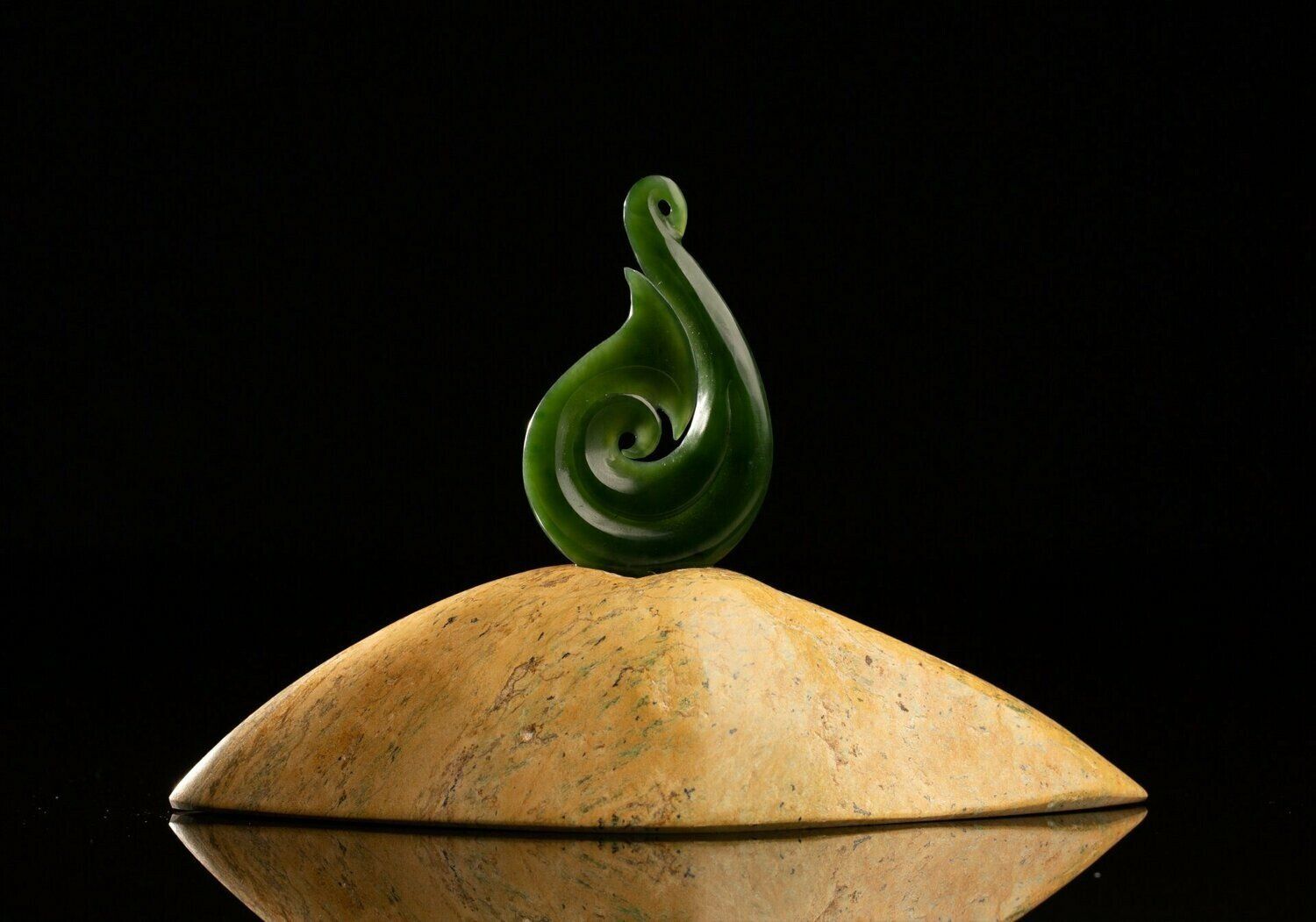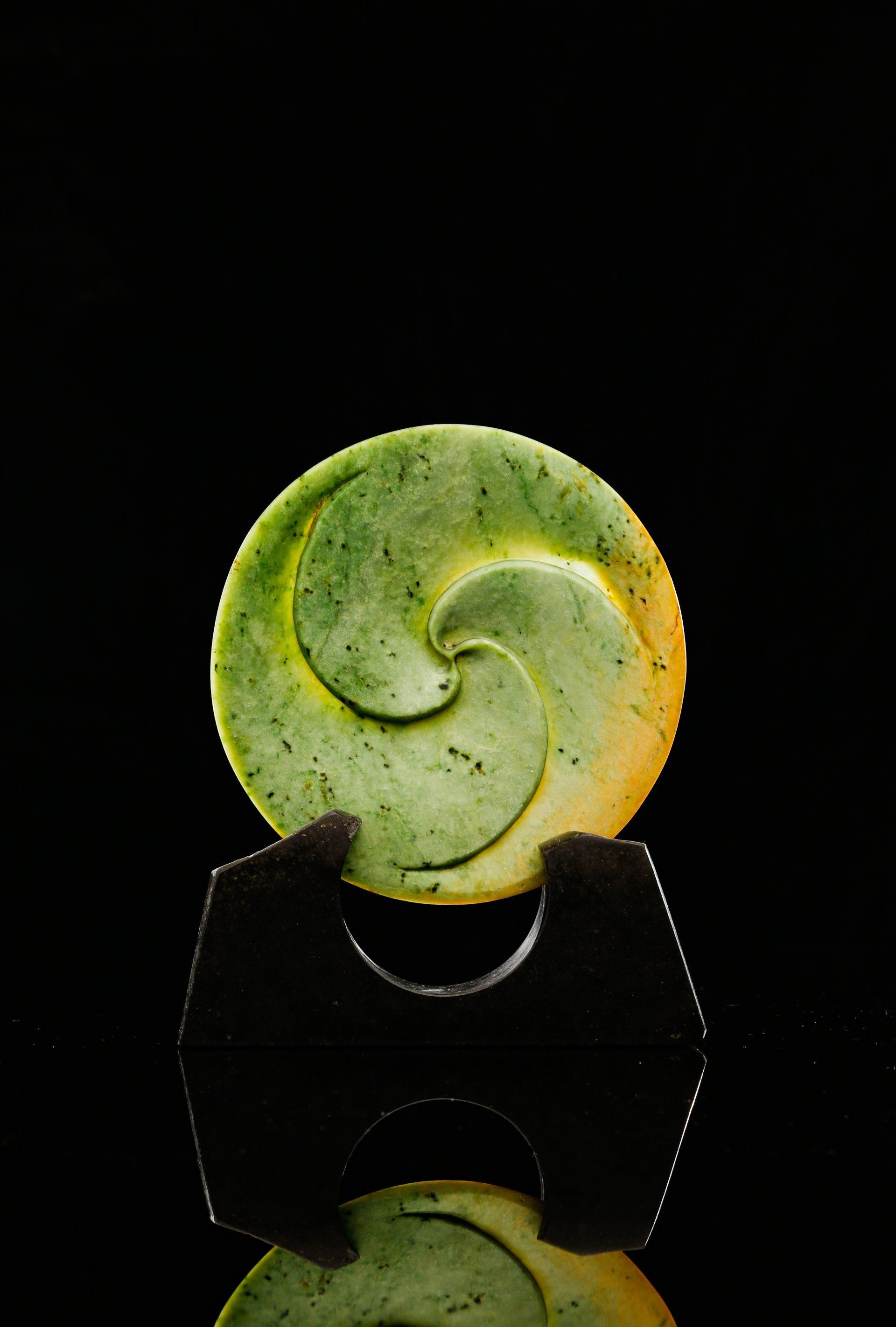Stories & Histories
Immerse yourself in the captivating stories and histories that surround Pounamu, offering a glimpse into its journey through time.
Moko Pounamu Knowledge Library
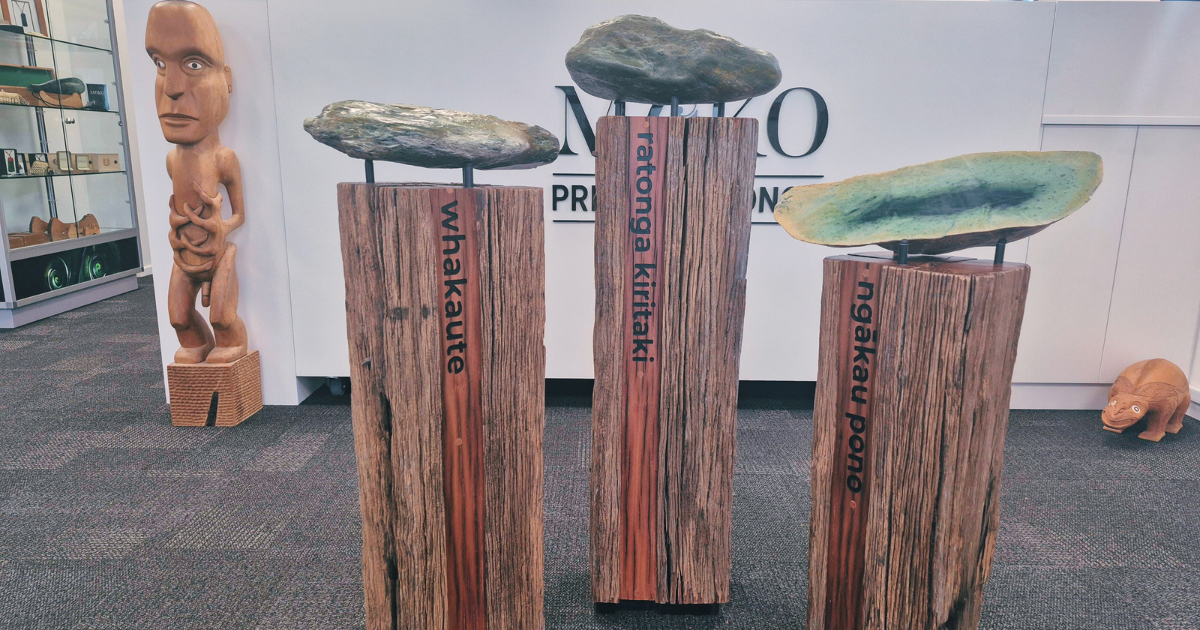
We believe that gifting pounamu is a profound act, one that deserves to be supported by deep knowledge, genuine care, and absolute integrity. This belief is the foundation of our business, which is built on three core pillars that guide every interaction, both in our Christchurch shop and across the globe.
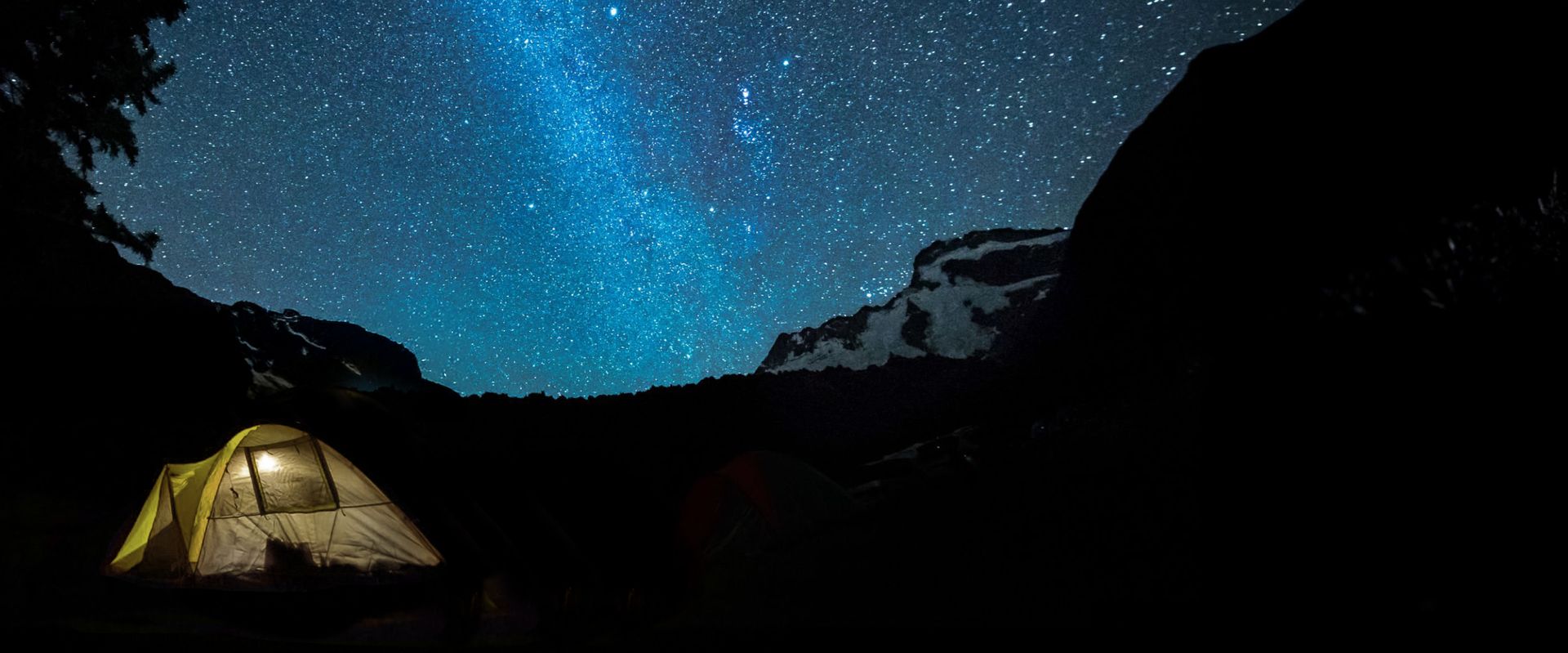
As the Southern Hemisphere settles into winter and the nights grow longer, many New Zealanders have become familiar with watching for Matariki to signal the beginning of the Māori New Year - and a public holiday to enjoy with our families. But there's another celestial guide that deserves our attention, particularly here in the South Island: Puanga, the brilliant star that serves as an equally significant marker for this sacred time of year.
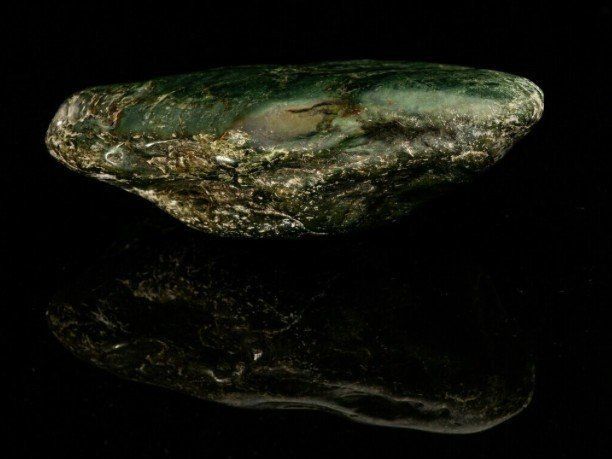
n Te Ao Māori - the Māori World - particularly in pre- European times, the health and wellbeing of an individual might be regarded as an indication of the state of that person’s engagement or relationship with their immediate environment or the wider world around them. Illnesses and ailments could be seen as a clear sign of some imbalance between the whole of the individual, that is the emotional/physical/spiritual self and the physical/spiritual realms wherein he or she exists on a day-to-day basis.

Now let’s look at the science. What we know about pounamu/greenstone and its origins from the Mother Earth is that it is a metamorphic rock - that is to say rock which has been formed through tremendous heat and pressure - and evidently came into contact with various minerals which gave it certain properties. Geologists have been able to determine that a series of events which defined certain eras in geological history resulted in rock formations which had been lifted, depressed, mixed with other rocks, enveloped in swamplands, covered in limestone and heated under pressure (not necessarily in that order). Given the unique combination of locations - being South Westland as we know it today - and surrounding materials and minerals, all of this rocky business resulted in Pounamu. Lucky us, we say. Bands of pounamu formations, which tend to run in a north-easterly direction, consist mainly of dunite and similar olivine rock, serpentine, talc formations and actinolite. The addition of other minerals explains why these formations are often referred to as a mineral belt. Pounamu/greenstone is classified as a semi-precious gemstone. This is because it has some of the qualities of precious gemstones, but at the end of the day… it’s still a rock. A beautiful one at that!
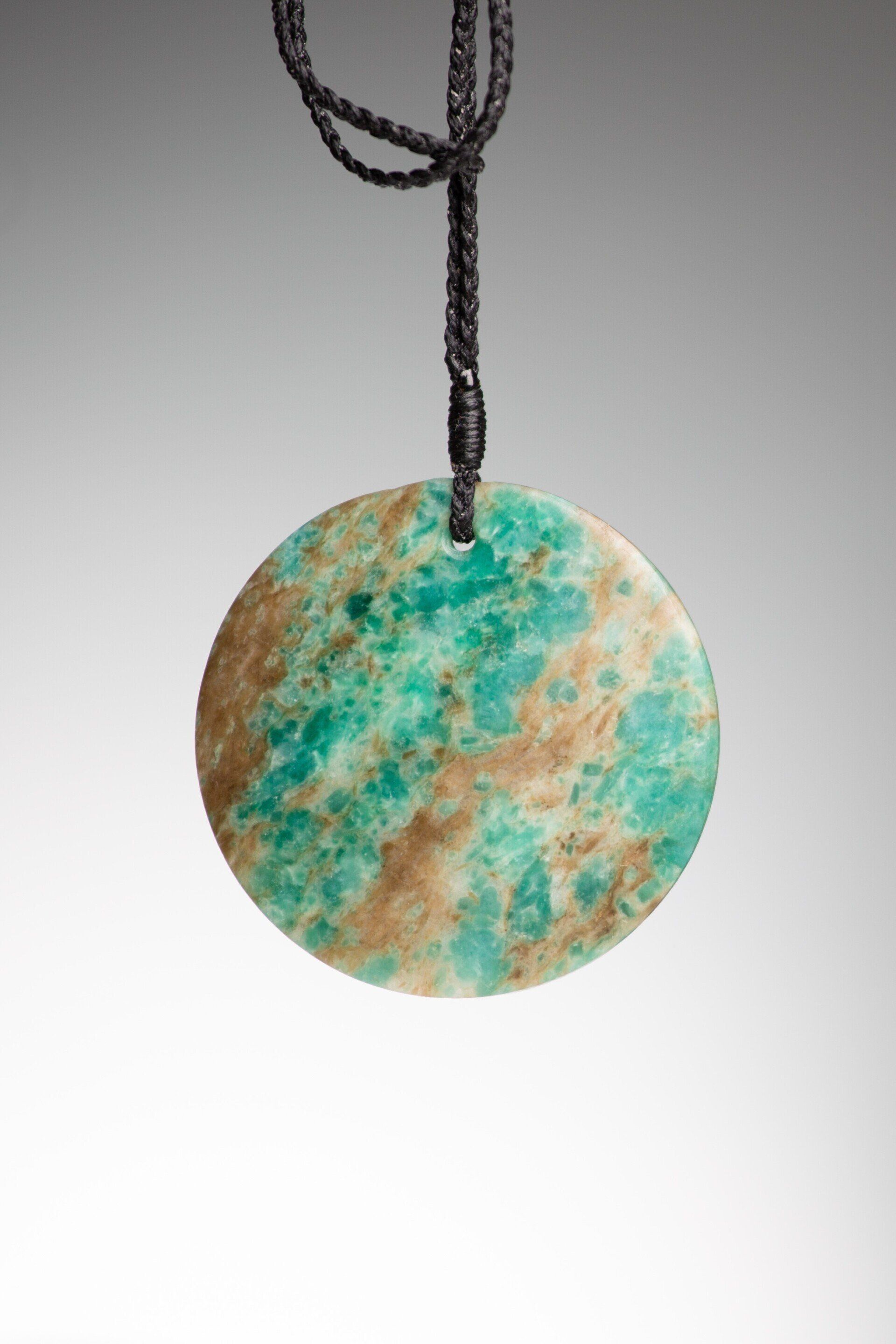
All of the pieces that we have for sale in our shop are striking in their own ways, but there’s something rather special about pieces carved from Aotea stone. We have several pieces showcasing this rare and precious stone. Aotea stone is sometimes called bluestone because - yep, you guessed it - it has a distinctive b
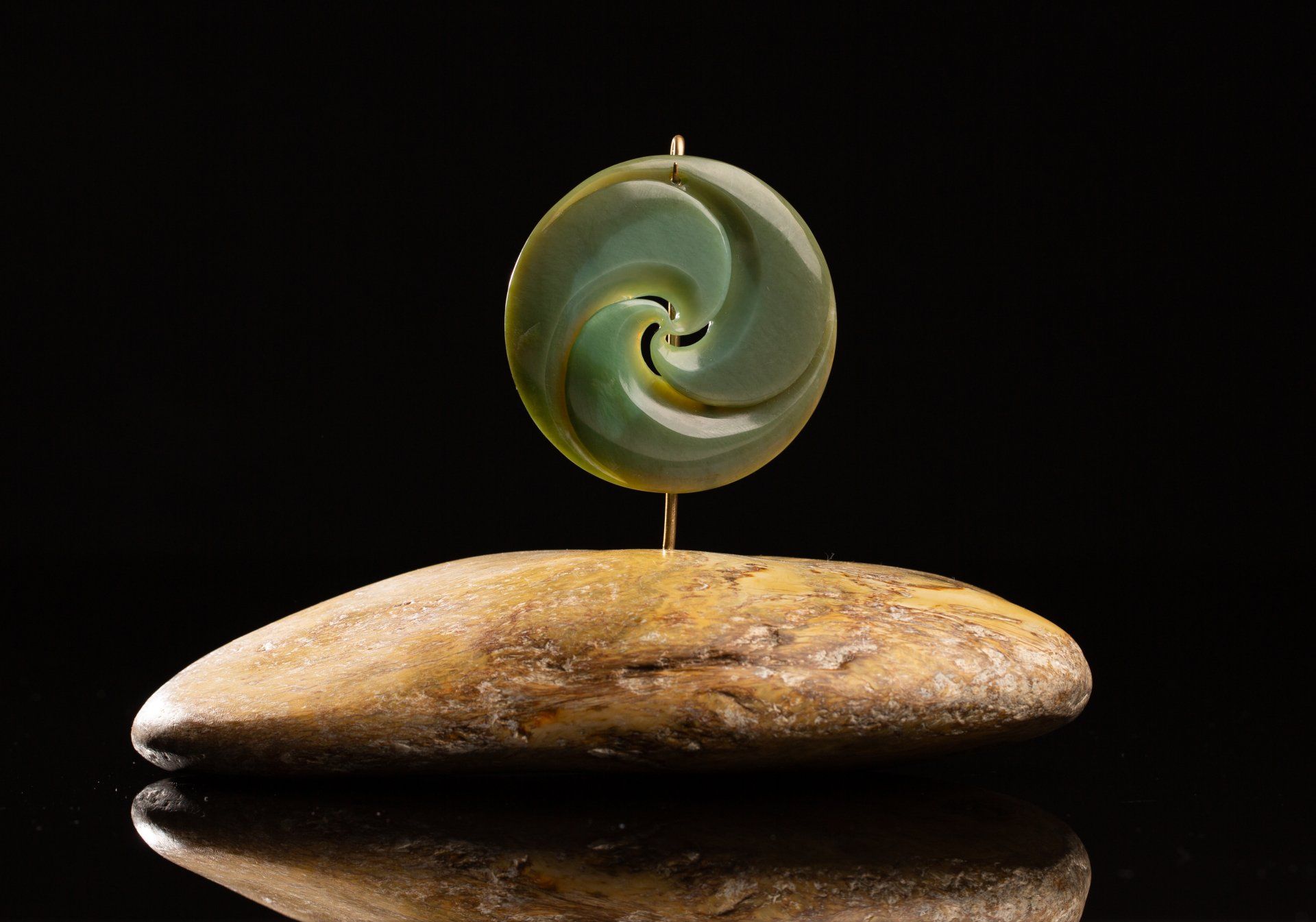
Geologists have been able to determine that a series of events which defined certain eras in geological history resulted in rock formations which had been lifted, depressed, mixed with other rocks, enveloped in swamplands, covered in limestone and heated under pressure (not necessarily in that order). Given the unique combination of locations - being South Westland as we know it today - and surrounding materials and minerals, all of this rocky business resulted in Pounamu. Lucky us, we say. One of the most common misconceptions about pounamu/greenstone is that it’s all green. While imported stone varieties that are commonly known as jade tend to be more green and have less variety in their shades, New Zealand pounamu comes in a range of shades from dark, opaque black to milky, translucent grey and just about everything in between! Bands of Pounamu formations, which tend to run in a north-easterly direction, consist mainly of dunite and similar olivine rock, serpentine, talc formations and actinolite. The addition of other minerals explains why these formations are often referred to as a mineral belt. Although rocks of similar qualities have been found further afield, it is widely accepted that Pounamu is found throughout Westland’s alluvial glacial moraines. Also known as part of the Southern Alps - and following a gigantic fault line which creates the backbone of the South Island. The main historical gathering places are between Greymouth and Hokoitka. Just exactly where certain varieties and types of stone originated from remains a mystery, locked away in a distant past, when all was upthrust and under ice. Specifically speaking, the boundaries of pounamu discoveries are from Taramakau River in the north, the foothills of the Southern Alps in the east, Hokitika River in the south and various coastal locations in the west - owing to rocks being brought down rivers and then deposited on beaches along the West Coast. The most important things to know about the discovery and distribution of pounamu are: Any member of the public is allowed to fossick for pounamu on the beaches of the West Coast of the South Island and they can take what they find as long as they can carry it on their person without assistance If raw pounamu is discovered outside the areas open to public fossicking and/or is larger than what one person can carry, it is the property of Te Runanga o Ngāi Tahu and should be notified to the Pounamu Management Officer immediately At Moko Pounamu we have a longstanding and vested interest in the discovery and sustainability of pounamu, and we thoroughly enjoy inspecting any new pieces of stone that come through our doors. *referenced from the Pounamu Management Plan https://Ngāitahu.iwi.nz/wp-content/uploads/2013/06/Pounamu.pdf
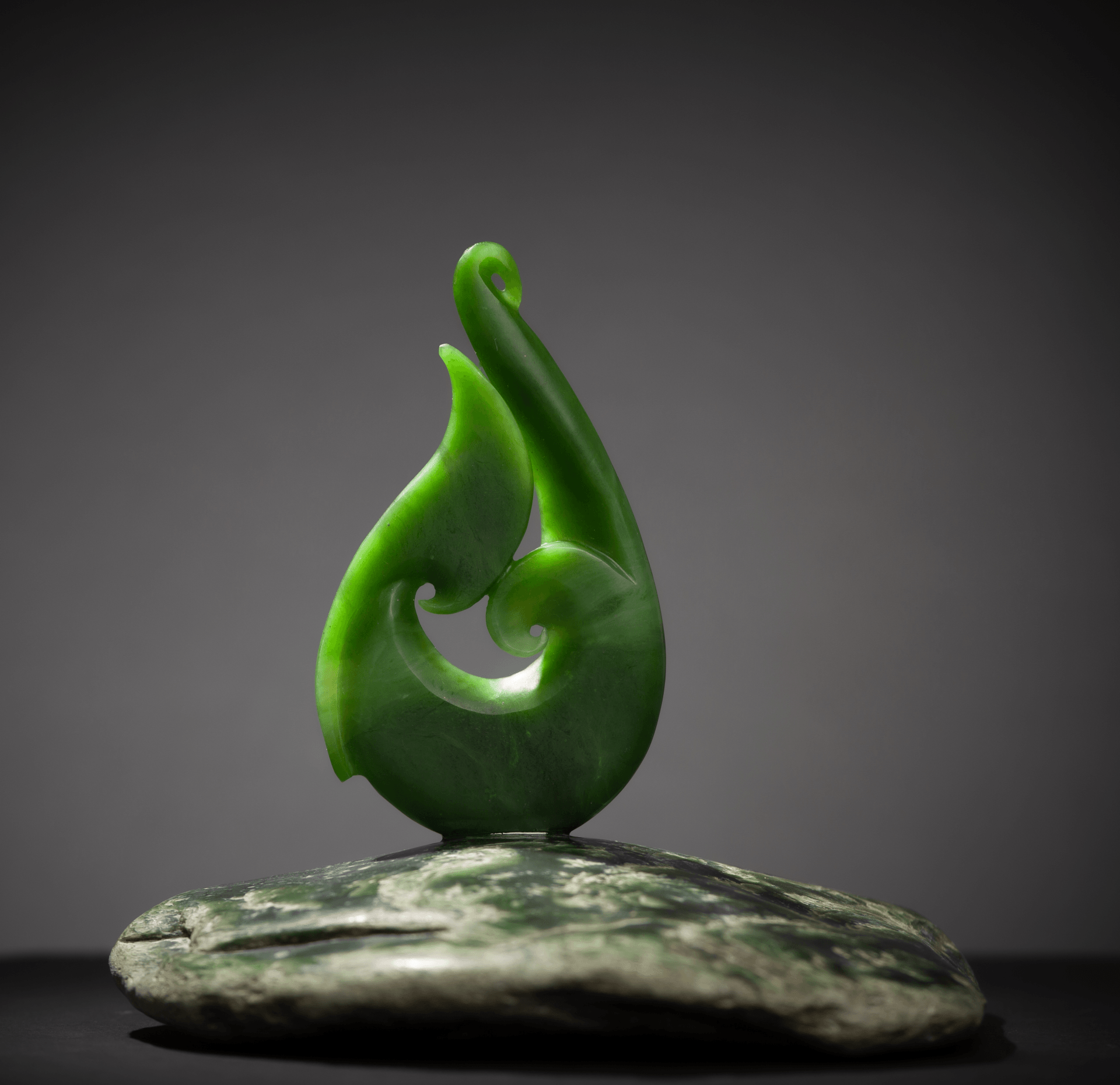
A stone’s size, shape, colour and density is one thing. But its origin, its connection to land or people and its history is another. To the trained pounamu-seeking eye, a piece of greenstone looks interesting even before it’s cut. But there’s really no way of knowing what the inside of a stone is going to look like until it’s sliced with the right tools. There are several stories from our wider family and connections of stone-cutting feats that took several days to complete because of the stones’ sizes. In a practical sense, greenstone is regarded as a difficult stone to effectively polish with its varying degrees of hardness, grain structure and inclusions. Each stone carver (lapidary) develops their own techniques according to the ways in which they carve, and the stones they more frequently work with. Longtime carvers who have paved the way in this industry have developed preferred techniques. For example, particular equipment and the use of water helps to keep the stone cool (and therefore not be blemished by heat marks) and it keeps the dust at bay, which is often a thick rind on the edges of stones. Particularly soft stones, especially those of the Inanga variety, can burn easily from friction caused by fast-spinning sanding wheels. Polish is everything with pounamu. The stone can stand heat but it is how this heat is created to obtain the molecular flow over the surface which results in a flawless polish. In other words, this is a specialised art that only trained experts should attempt because it would be such a shame to see stone wasted when worked by the wrong hands! Beyond practicality there is the question of craftsmanship when it comes to stone carving. There are many examples of excellent carvings in Aotearoa, some of which are time-honoured designs and some of which are more contemporary. Each piece is unique, even if it’s a traditional shape. Read more about pounamu shapes and stone varieties in our other blogs. Some carvers choose stones for their features and allow the stone’s qualities to dictate the shape, orientation and intricacies of the carving. This is just one way of carving stone, and we think it’s a wonderful way to showcase some of the true beauty and rarity we see in stones from different areas. The reverse is also true: carving a specific, traditional shape from a piece of stone will always unearth unique qualities of a stone whichever way the form is orientated and presented. That’s one of the most exciting things about working with pounamu - we never know exactly what colour or character we’re going to end up with in a finished product until it’s done. And even then, in different lights and environments pounamu can present in various ways, being true to the beautiful mineral resource that it is, and its connection to the natural world.

